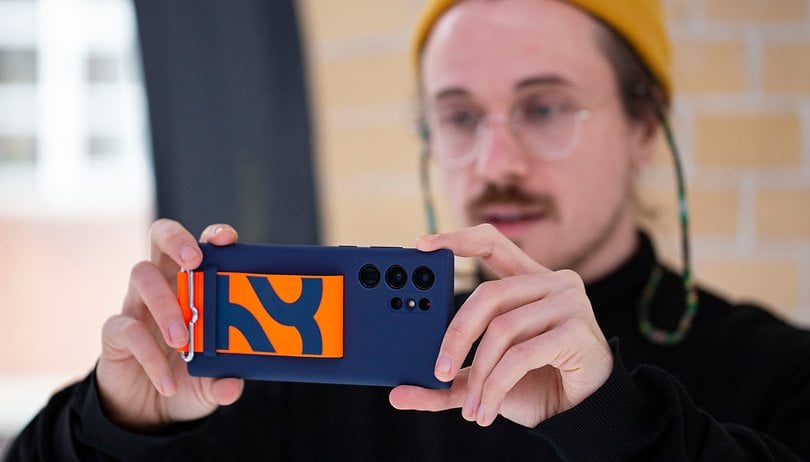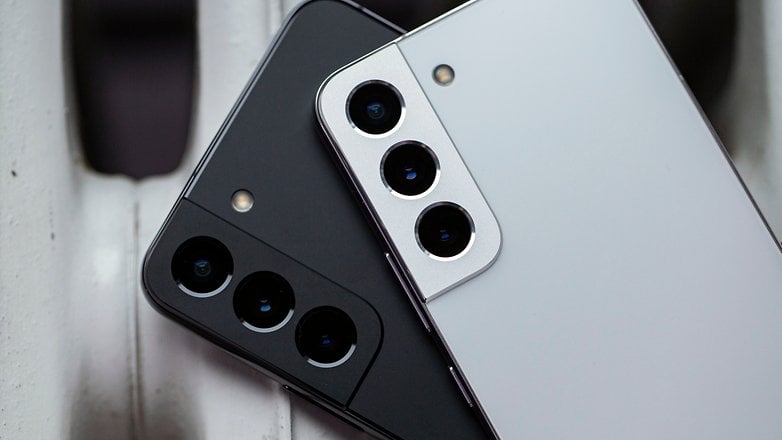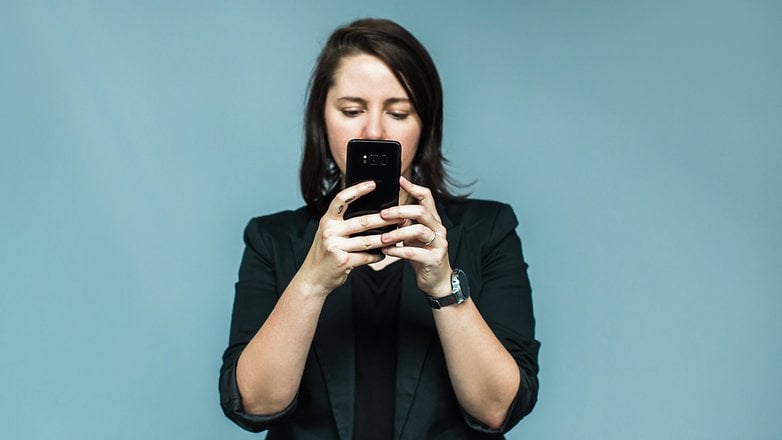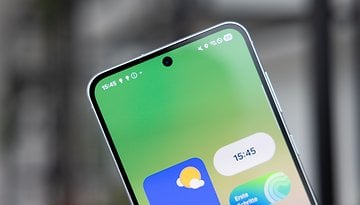Opinion | Samsung's update policy demands a reaction


Samsung has reportedly extended its update support policy of selected devices by tacking on an additional Android version and another year of security updates! You can theoretically use these new devices of the S22 series until 2027 and still be on the ball. But do we even want that? And is Samsung trying to distract consumers from the actual problem with this new update policy? As a thought experiment, I'll take a hypercritical look at Samsung's update miracle!
There were already rumors about a further extension of Samsung's update policy in the run-up to the Galaxy S22 launch. A few days later, it was confirmed: The new Galaxy S22 devices will receive security updates all the way until 2027, and will also receive the operating system updates all the way to Android 16. The euphoria surrounding this piece of news went through the ceiling among technology media like wildfire. But does that even make sense for the consumer?
In my commentary, I would like to look at Samsung's update guarantee from afar and not only check out the theoretical working out, but also the reality of the situation. Did Samsung's update extension policy happen at the right time, and are there no other hurdles apart from the update warranty that have to be considered for a longer smartphone life?
Is the update extension policy just a red herring?
If you have been following my articles about the Galaxy S22 series, you already know my displeasure surrounding the Galaxy S22 launch. As I wrote in the last edition of Winners and Losers, I had a queasy feeling on the way home from the S22 launch event in Berlin. Samsung's new smartphones seemed to contain too little innovation and are too boring to be presented as new flagships, despite being seen by many as one of the main innovation drivers in the smartphone industry.

Apart from the redesign of the Galaxy S22 Ultra, behind which I suspect recycled the blueprints of a cancelled Note model, there was little else that was really new. Sure, we end up with better cameras, better build materials, and the new Snapdragon 8 Gen 1 SoC. Samsung simply did not manage to produce exciting smartphones in 2022.
It is understandable that many colleagues therefore highlighted the extended software support, and that seemed to me as a safety net of sorts to help make headlines around the S22 launch. Because the information that Samsung actually hardly offers anything new is overshadowed by the extended software support. Because the fact that Samsung delivers longer updates than Google itself is more exciting than the fact that the S22 series does not offer much new.
Longevity does not only mean more updates
While I can absolutely understand Samsung's update extension for marketing reasons, I don't see how this feature equates to a longer smartphone lifespan. Of course, after four years of use, it's great to get another year of security updates. But how likely is it that a device from the S22 series will even be used for that long?
On the one hand, such expensive smartphones are purchased only by tech enthusiasts and/or in the context of smartphone contracts anyway. And in both circumstances, such handsets are replaced by a new device after one or two years. In addition to the financial decision, the love for new technologies also plays a major role for techies, unlike the updates, where the "novelty" of an S22 will not last five years.

On the other hand, the hardware of the S22 series in particular does not seem designed to work satisfactorily for five years. We can see this best in the Galaxy S22's battery capacity, which has shrunk once again this year from 4,000 to just 3,700 mAh hours. The battery capacities of the other two models are larger, but are supposed to be charged faster by an optional purchase of a more powerful charger from Samsung.
As you can read in my guide about the potential harm quick-charging has in smartphones, the load eventually becomes noticeable after two years as the battery capacity decreases. Here is a personal anecdote: my Google Pixel 3 XL came with a battery capacity of 3,430 mAh hours after purchase. After three years of use, I had to charge it twice a day - or use a powerbank.
Pre-order Galaxy S22 series
The battery life is accompanied by Samsung's new recycling campaign, which claims to use recycled fishing nets, while offering more fragile plastic parts in the S22 series. Samsung revealed in an interview that recycled plastic would only be used in certain components because Samsung could not sufficiently ensure the quality of such material itself. And these more fragile components ensure that the repairability of the S22 series is decreased further - at least in theory.
Thus, Samsung would have to rely on a concept like the one we see in the Fairphone 4 for a longer lifespan: with replaceable components and affordable replacement parts that can easily be ordered via the Internet. However, that would be at the expense of the price-performance ratio, and no one might want to see an S22 with a Fairphone design.
Complaining mode turned off: Conclusion
In this commentary, I have deliberately taken an overly critical stance in order to place the update strategy under a microscope despite being praised by many. So what's left if we were to draw a line at this point?
Of course, there is nothing wrong with Samsung delivering longer Android updates than any other manufacturer. I do not want to express opinion in with this article, despite being a complainer. This is especially since it became apparent last year that other manufacturers like Xiaomi reacted to Samsung's update strategy and followed suit. When Samsung dared to do something and makes positive headlines in the process, it has a big impact on the smartphone industry. And if these changes are positive, then it is in turn, a positive point for all Android users.
- Recommended reading: How many Android updates does Samsung, Xiaomi or OnePlus offer?
However, I predict that our "Goodbye S22" article about a final security update will not interest anyone five years down the road. The models that are sold now will have short battery runtimes to garner any interest, and the Galaxy S27 by then would be too tempting to resist. The target group for high-end smartphones is simply too interested in cutting edge smartphones to walk around in 2027 with a device from 2022.
Longer software support makes more sense to me in the price range where people see smartphones as a means to an end. I know many non-techies who would prefer to set up a smartphone once and then never change it again. At the same time, these people are not willing to buy a smartphone for $799, $999, and $1,199. Even the Fairphone for just under €600 (around $680) is too expensive if you are not fully committed to sustainability.
At the same time, new trends and technologies always begin with the most expensive smartphones before trickling down to the cheaper models. So am I being too critical in my attempt to put Samsung's extended update support to the sword? What do you think of this development?
If you vote in the poll above, I would like to ask that you share your opinion on the subject in the comments. Am I too critical of the topic and is it all about being able to use new smartphones for a longer period of time in theory? I am looking forward to it!




















I 100% agree with you. There are going to be very few people still using S22 in 2027, unless not much changes with the phones, which I doubt that.
-
Admin
-
Staff
Feb 17, 2022 Link to commentIf properly taken care of, they might be still usable as a basic-hands-me-down-phone.
My parents still keep some old Galaxy J7 models around as backup phones, and those do not receive security patches anymore :p